It’s the holiday shopping season, and that means many of you are likely considering a new graphics card purchase – perhaps at a discount or as an upgrade to play the latest games, like Stalker 2, because your current GPU isn’t cutting it anymore. You’ve come to the right place, as this article is all about GPU recommendations, or not…
For some of you, alarm bells may already be ringing. You might be asking, “Why write this article now when new graphics cards are just months away?” That’s the elephant in the room we’re addressing: should you actually buy a graphics card right now? Is it sensible to be tempted by the inevitable Black Friday sales? The answer is, quite clearly, no – you should not buy a graphics card right now.
Upcoming GPU Announcements in 2025
We anticipate the announcement of next-generation GPUs during the first week of January 2025. That’s when CES 2025 will take place in Las Vegas and where Nvidia is almost guaranteed to unveil the GeForce RTX 50 series and AMD will likely announce Radeon RDNA 4 GPUs. It’s rare for both announcements to happen simultaneously, but the two largest GPU makers are very likely to showcase their new products just a month and a half from now.
New GPU launches bring the potential for improved performance at existing price points. Admittedly, the graphics card market has been kind of crappy as of late, particularly for mid-range and entry-level buyers. However, next-gen GPU releases could result in better price-to-performance ratios, even if the improvements are only modest. While we don’t expect the RTX 50 series to offer exceptional value – it’s Nvidia, after all – there’s still a chance for meaningful gains.
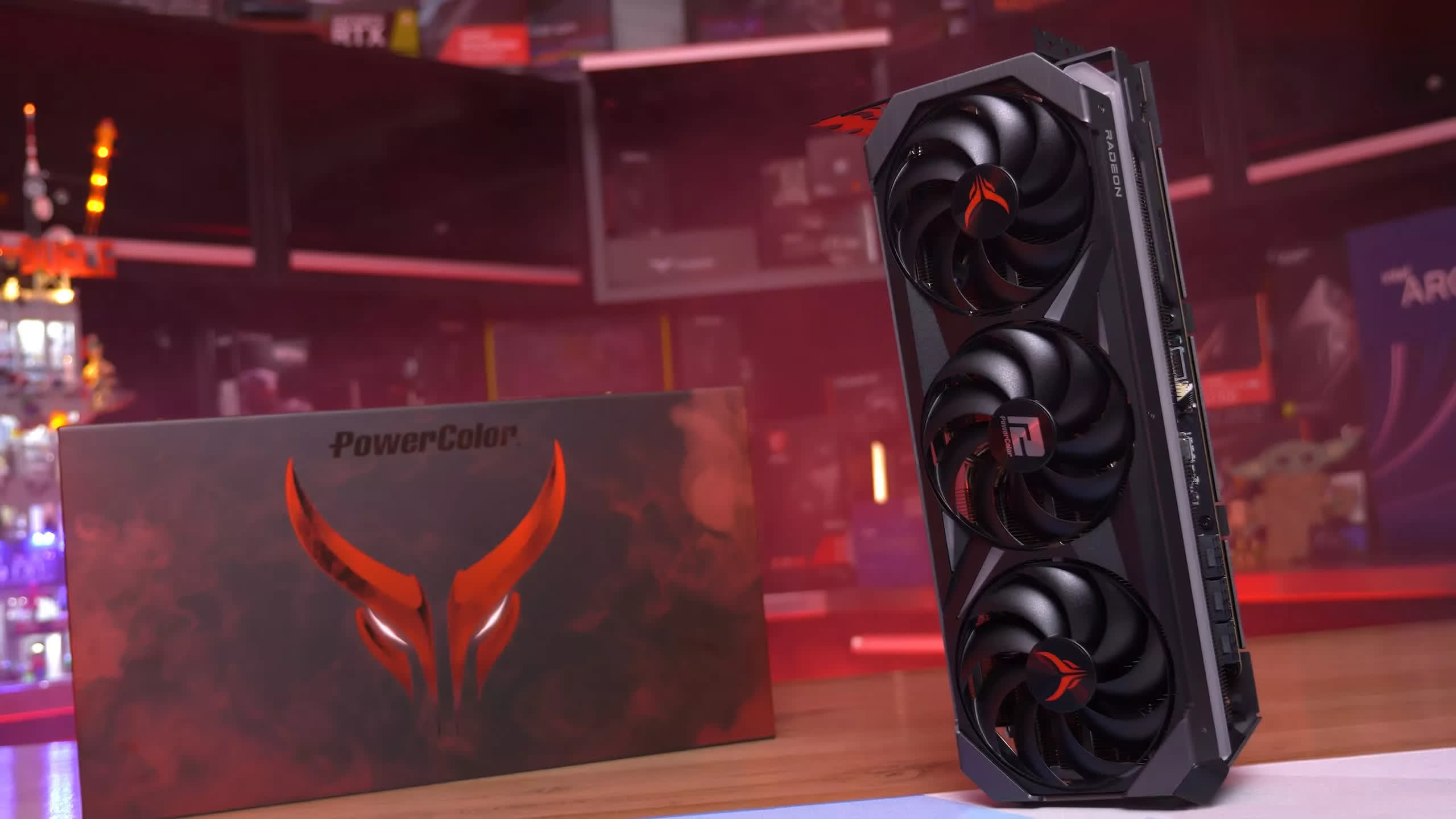
AMD vs. Nvidia: What to Expect
There are a few key developments to watch. AMD’s next-generation Radeon RX 8000 series, based on the RDNA 4 architecture, is confirmed to target mid-range and mainstream customers, with no high-end models in production. Of course, AMD has stumbled with launches in the past, but all the talk out of the company is a strategy shift to prioritize the most popular graphics card price segments. Hopefully this means better products at better prices.
Given AMD’s plans, rumors suggest Nvidia is accelerating the launch of GeForce 50 series models like the RTX 5070. This would shorten the typical gap between releasing high-end cards and the mid-range models most consumers are interested in. While this is an unconfirmed rumor, it could mean we don’t have to wait long before Nvidia shows new offerings that don’t cost an arm and leg.

All of this is to say that we expect announcements for new mainstream priced and mid-range graphics cards. AMD’s RDNA4, potential Nvidia RTX 50 models, and even Intel’s Arc Battlemage products are all on the horizon, promising exciting developments in the GPU market.
The most sensible decision for prospective GPU buyers is to wait for these announcements, evaluate the new products, and make an informed choice. Knowing how the new models perform, their prices, and where they are priced in the current market, before pulling the trigger on a new GPU.
The last thing you want is to buy a current-gen model now at the end of the product cycle only for it to be superseded within months, leaving you disappointed. That’s why we don’t recommend buying a graphics card right now: wait until you have all the information.
When Discounts Make Buying Now Worthwhile

That said, there’s a point at which discounts on existing models may make it worthwhile to buy now, even considering next-gen products. So, what kind of discount justifies an early purchase?
We believe the absolute minimum discount worth considering is 25%. This accounts for the potential performance shift introduced by a new generation.
Here’s an example: suppose a next-generation RTX 5070 offers RTX 4070 Ti-level performance for the same $600 launch price as the RTX 4070. This would represent a “performance tier shift.” To reflect that today, you’d want the RTX 4070 Ti, or potentially the RTX 4070 Ti Super, at no more than $600. The RTX 4070 Ti Super has an $800 MSRP, so a 25% discount would bring it down to $600.
This analysis is based on some of the better improvements we saw during the transition from the RTX 30 to RTX 40 series. The RTX 4070 demonstrated an 18% reduction in cost per frame compared to the RTX 3080 10GB. The RTX 4070 Super offered a 21% reduction in cost per frame compared to the RTX 3070. Meanwhile, the RTX 4060 showed a 16% reduction in cost per frame relative to the RTX 3060, although it came with less VRAM.
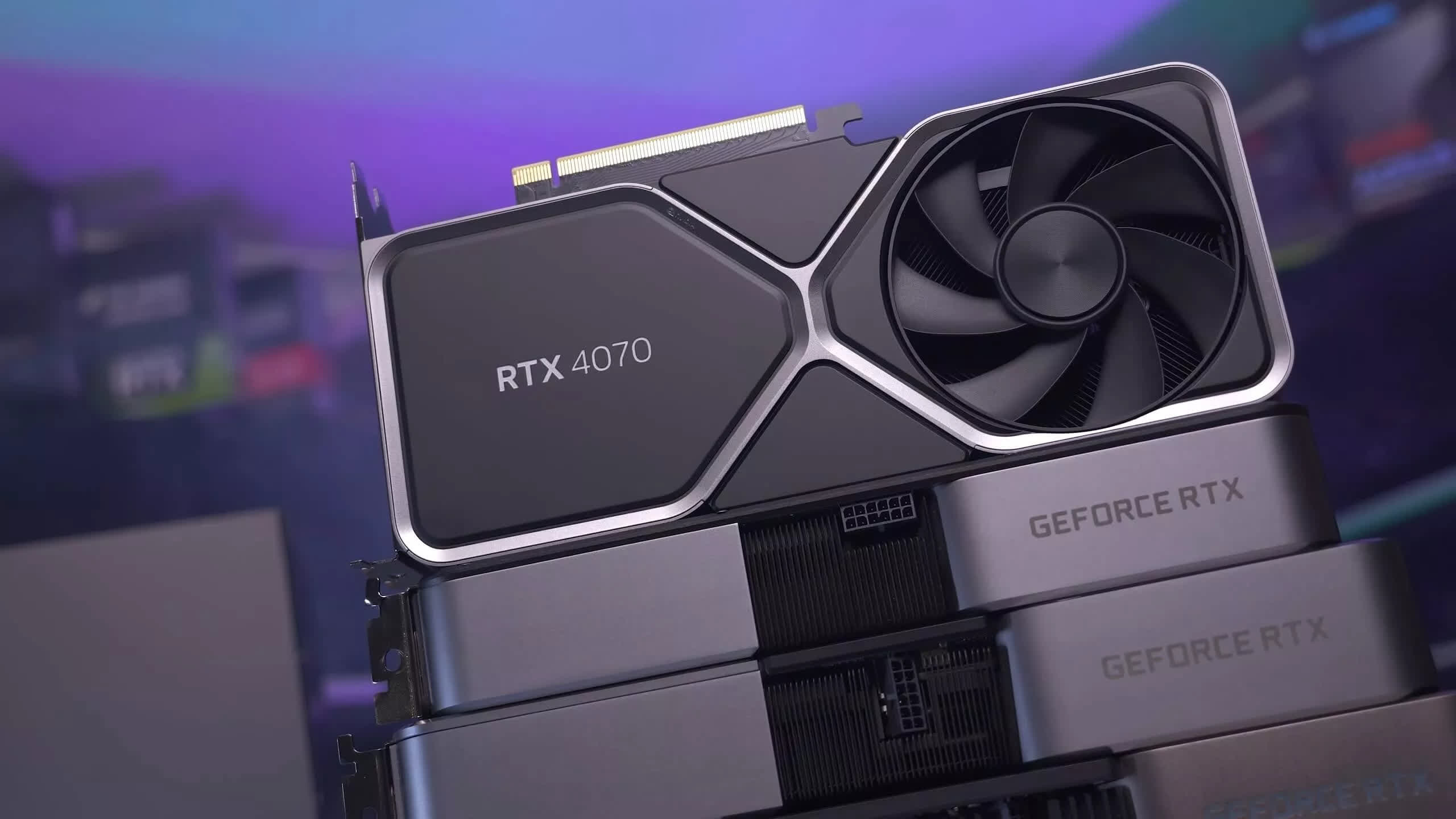
Don’t forget, the RTX 40 series was a relatively underwhelming generation. In previous generations, we’ve seen cost-per-frame improvements in the range of 30% to 40%, which could influence your expectations for discounts. If you’re optimistic about the upcoming generation, you might want to hold out for a larger discount – at least 30%. If you’re less optimistic about future performance improvements, a 25% or even 20% discount might seem acceptable.
Evaluating Nvidia GPU Discounts (25% to Even Consider)
For Nvidia GPUs, this translates into the following expectations (see table below), as unlikely as these discounts appear, reductions of only 5% or 10% during “Black Friday deals” are not worthy of your attention.
| GPU | MSRP | 25% Discount | 30% Discount |
|---|---|---|---|
| GeForce RTX 4090 | $1,600 | $1,200 | $1,100 |
| GeForce RTX 4080 Super | $1,000 | $750 | $700 |
| GeForce RTX 4070 Ti Super | $800 | $600 | $560 |
| GeForce RTX 4070 Super | $600 | $450 | $420 |
| GeForce RTX 4070 | $550 | $420 | $390 |
| GeForce RTX 4060 Ti 16GB | $450 | $340 | $320 |
| GeForce RTX 4060 | $300 | $225 | $210 |
For example, getting $50 or $100 off a GPU, particularly in the mid-range segment, is nowhere near enough to consider purchasing now instead of waiting for the new GPUs expected in early 2025.
As someone that likes to have all the information at hand before buying, even a 25% discount wouldn’t necessarily get me to pull the trigger.
Evaluating AMD GPU Discounts (25% or Else)
For AMD GPUs, we’re sticking with the same 25% discount as the minimum acceptable level, though we’d probably recommend aiming closer to a 30% discount in many cases.
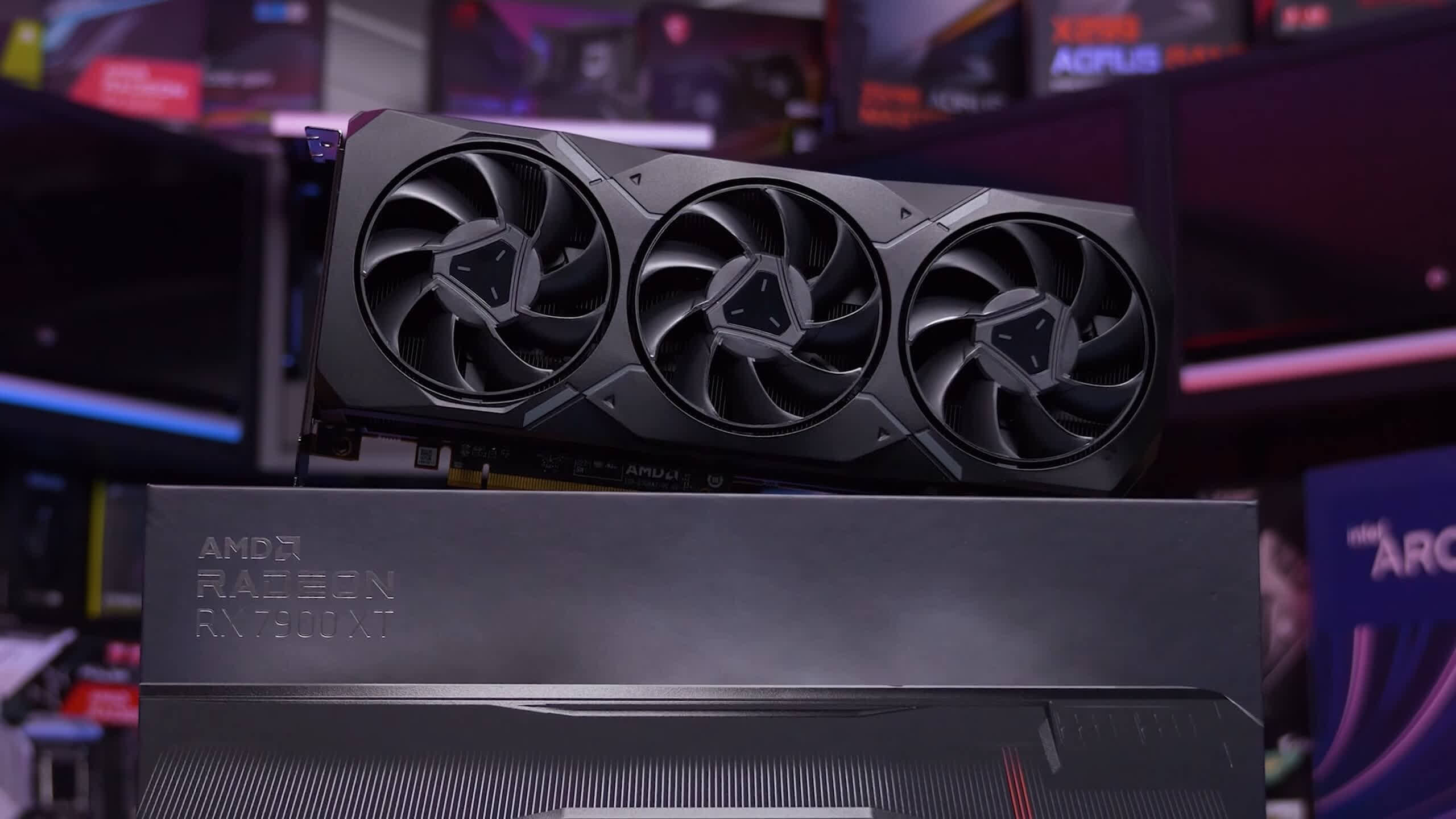
These discounts should be based on the price AMD has been selling these graphics card for the past year, not the inflated MSRP that was often slashed just months after launch. For instance, the Radeon RX 7900 XT launched with a ridiculous $900 MSRP, but it was discounted weeks later and since mid-2023, you’ve been able to find one for $750 or less. So, we think you should be looking for at least a 25% discount off that $750 typical price point, meaning no more than $560.
| GPU | Typical Price | 25% Discount | 30% Discount |
|---|---|---|---|
| Radeon RX 7900 XTX | $950 | $720 | $660 |
| Radeon RX 7900 XT | $750 | $560 | $530 |
| Radeon RX 7900 GRE | $550 | $410 | $385 |
| Radeon RX 7800 XT | $500 | $375 | $350 |
| Radeon RX 7700 XT | $400 | $300 | $280 |
| Radeon RX 7600 XT | $330 | $250 | $230 |
| Radeon RX 7600 | $260 | $200 | $180 |
| Radeon RX 6600 | $200 | $150 | $140 |
Again, if you’re feeling optimistic about the next generation and believe RDNA 4 will be a game-changer for GPU value, then you should hold out for an even bigger discount. Do you think the RX 8000 series will deliver RX 7900 XT levels of performance for $500? If so, there’s absolutely no reason to pay more than $500 for a 7900 XT right now.

We’ve started to see some price movement for AMD GPUs recently, with the RX 7900 XT hitting $620 and the RX 7700 XT hitting $360. However, in both cases, these prices fall short of what we’d consider a suitable discount to justify buying a graphics card now versus waiting.
Take the Radeon 7700 XT at $360, for example – you could have achieved that level of performance for just $20 more back in May. Hardly a discount worth getting excited about, and certainly not good enough with new products launching in January.
Realistically, it’s unlikely we’ll see good enough discounts with a new GPU launch just months away. Retailers and GPU manufacturers want you to believe these supposed deals are great and present large discounts, but it’s crucial to do your research to determine whether they’re actually genuine deals.
Despite all of what we’ve said so far, you might find yourself in a position where you can’t wait for the new graphics cards in January and feel compelled to buy now, even though current discounts aren’t amazing. What should you do in this situation? Is it possible to make the most of a bad scenario?

If you’re looking for a high-end graphics card, the GeForce RTX 4090 remains the fastest model, but it’s a terrible value proposition, with prices rising to around $2,300, far above its $1,600 MSRP. It’s simply not worth buying at that price when the RTX 4080 Super is available for $950 to $1,000.
For high-resolution 4K gaming, the 4080 Super is roughly 25% slower than the RTX 4090 but costs well under half the price. The 4080 Super also excels in ray tracing, making it a far better choice than the Radeon RX 7900 XTX, as it’s upwards of 30% faster on average. Generally, it’s only 15% more expensive and provides access to DLSS. However, if you don’t care much about ray tracing or DLSS and want strong rasterization performance, the 7900 XTX comes back into consideration.

For upper mid-range, lower high-tier gaming, this is where we see the GeForce RTX 4070 Ti Super typically battling the Radeon RX 7900 XT. In rasterization the 7900 XT is generally slightly faster, but for ray tracing the 4070 Ti Super is a tier above in performance, so again it depends how you value ray tracing and DLSS.
At a 20% discount, and we’re approaching that level as of writing this, the 7900 XT gets harder to look past. Especially because near $600, the Radeon 7900 XT competes more with the RTX 4070 Super.
Now, the RTX 4070 Super is still the faster card for ray tracing relative to the 7900 XT, and it comes with DLSS support, but the rasterization performance of the Radeon model is nearly 20% ahead. Again it’s pretty clear which way you’d go here: if you value ray tracing, get the GeForce model. If you don’t think you’d use ray tracing, the Radeon card is looking good, especially as its raw performance would allow you to run games with less upscaling.
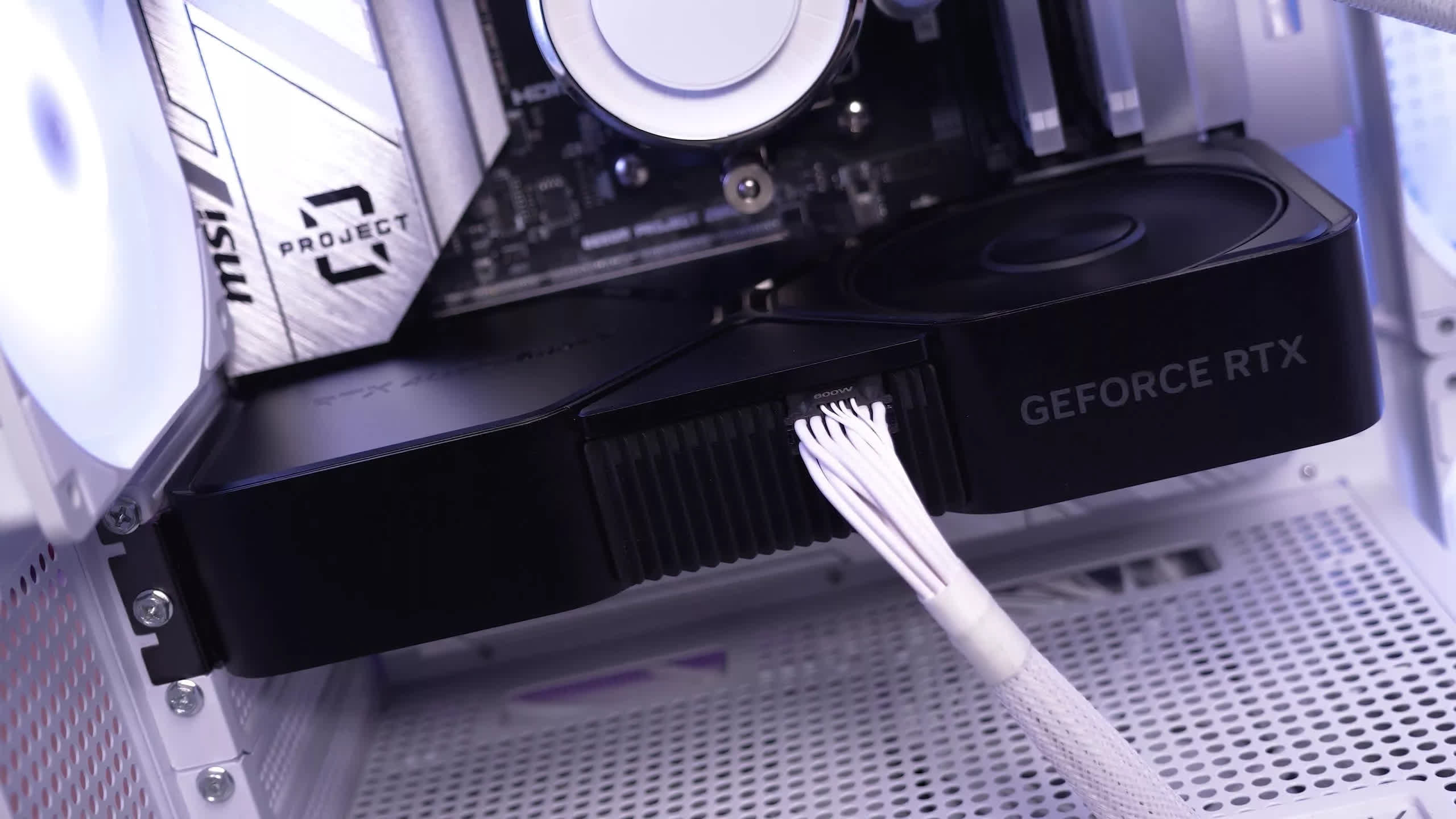
At around $500 this is where we usually see the RTX 4070 go head to head with the RX 7800 XT. Over the last few months, the Radeon card is usually $20-40 cheaper, for best case about 10% more rasterization performance than the RTX 4070. As usual, the Nvidia GPU is much better for ray tracing, and supports DLSS. Now the Radeon card in my opinion looks great for games without ray tracing support, but overall I’d want it to be 15% cheaper than the 4070 to make it clearly the best option in this tier.
Entry-Level GPU Recommendations
In the lower parts of the mid-range, I would definitely avoid the RTX 4060 Ti 8GB, as we’re seeing many examples these days where 8GB of VRAM is not enough for a GPU of this level of performance. The 16GB model is pulling well ahead in more modern games, and is usually available at a $50-60 premium.

Also in this range is the cheaper Radeon RX 7700 XT 12GB, which we’ve seen cost about 20% less than the 4060 Ti 16GB on a good day. That’s a great deal compared to the 4060 Ti if you don’t care about ray tracing, because not only is the 7700 XT much cheaper, it’s also around 15% faster for rasterization, giving it a huge cost per frame advantage. But the 4060 Ti 16GB is better than a 7800 XT at ray tracing, if you care about that.
For mainstream gamers this is where we’d strongly preference rasterization performance over ray tracing performance, because mainstream GPUs generally aren’t fast enough for a good ray tracing experience.

The main contenders here are AMD’s RX 7600 XT and RX 7600, alongside Nvidia’s RTX 4060. The 7600 XT is the fastest card and has the most VRAM, offering double the other cards’ capacity at 16GB, which puts it in a really good position, especially as the premium to get the XT model over the non-XT has reduced down to $30 at the moment.
If the RX 7600 XT and RTX 4060 are about the same price in your region, the 7600 XT looks to be the better deal: 5-10% more rasterization performance from the AMD model, and double the VRAM. The only reason you’d get the 4060 is if you want DLSS instead of FSR or XeSS upscaling, and I’m not sure that is worth it to cut the amount of VRAM in half.
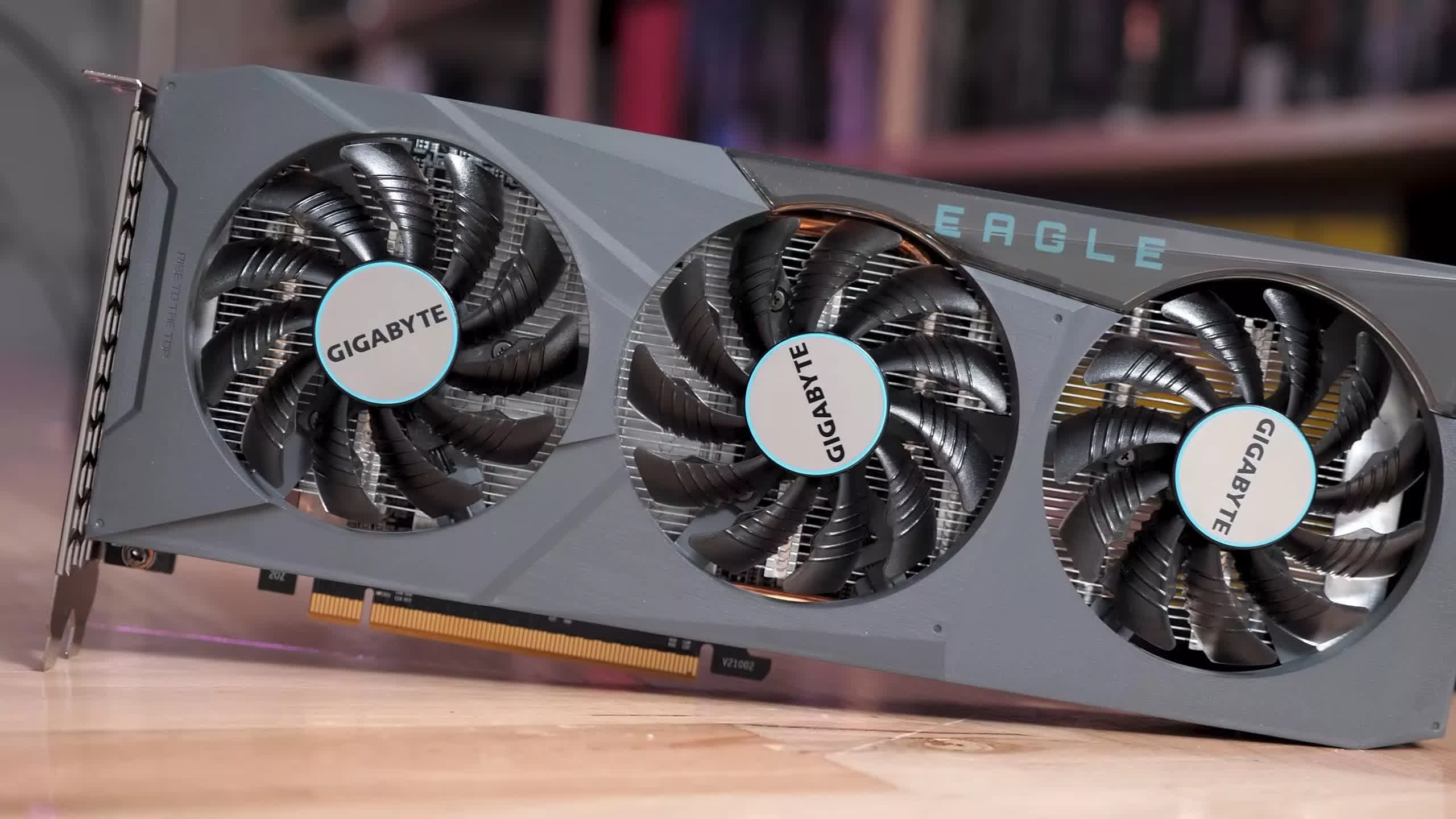
If you’re considering anything cheaper than an RTX 4060 or RX 7600 XT, just get the Radeon RX 6600. It’s much faster than anything Nvidia has to offer around $200. Seriously, don’t buy the RTX 3050, it’s such a bad deal.
These examples are just how we see things at the moment if you have to purchase a GPU right now. Throughout this generation, Nvidia GPUs have offered stronger ray tracing performance and DLSS at a given price. AMD GPUs have come in a little cheaper than their GeForce counterparts while offering better rasterization performance.

It’s hard to make definitive recommendations as some gamers have strong preferences for certain features or rendering technologies and how you personally see those features will dictate which brand offers more value. That’s outside the low-end though, where Radeon is far ahead of GeForce.
In general though, just wait and see what new GPUs have in store for you in January.










